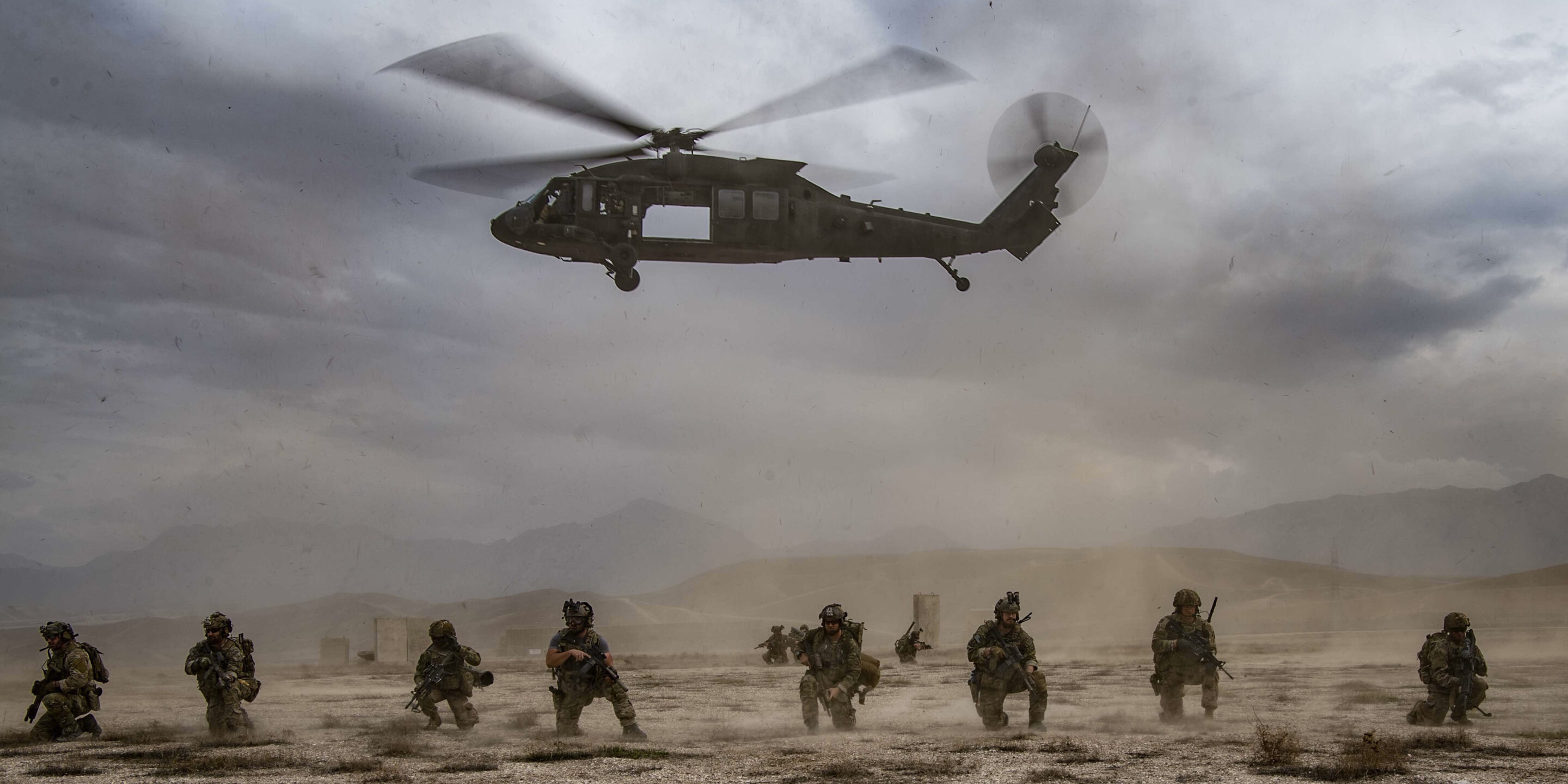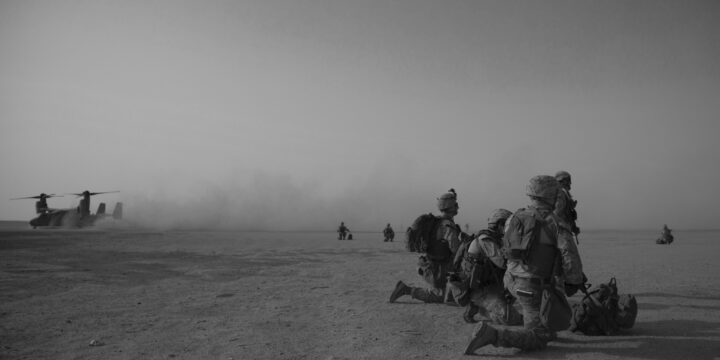Breaking the May 1 agreement has consequences
- Signed in Doha on February 29, 2020, the U.S.-Taliban agreement committed the U.S. to remove all military forces from Afghanistan by May 1, 2021.
- The Taliban agreed to (1) prevent any individual or group, including Al-Qaeda, from using Afghanistan to launch terror attacks against the U.S. or its allies and (2) start intra-Afghan talks in which a permanent and comprehensive ceasefire is on the agenda.
- Since the agreement, the Taliban have halted strikes against U.S. troops. As a result, it has been over a year since the last U.S. combat death in Afghanistan (more than 2,300 U.S. servicemembers were killed before February 2020).
- If the U.S. breaks the deal and extends its stay for any period beyond May 1, then it would likely result in the Taliban again targeting U.S. troops, which means more American causalities.
The U.S. is stronger and safer by ending nation-building efforts in Afghanistan
- Staying past May 1 harms U.S. security, by draining resources and distracting from higher priorities.
- Superior intelligence, surveillance, and reconnaissance capabilities, and the willingness to inflict devastating power to neutralize terrorist threats anywhere, are the most effective counter to anti-U.S. terror threats.
- The U.S. counterterrorism apparatus has made significant strides since 9/11. As shown in successful operations against ISIS leader Abu Bakr al-Baghdadi, ISIS camps in Libya, and numerous AQAP commanders, the U.S. retains the capability to launch strikes from a variety of platforms and bombers across long distances.
- Peace and stability in Afghanistan are separate from narrow U.S. counterterrorism objectives. Utilizing intelligence assets, using partners on the ground, and threatening the Taliban into policing Al-Qaeda are more important to thwarting anti-U.S. terrorism.
- The Taliban have a self-interest in ensuring terrorist groups do not use Afghanistan to attack Americans—failure to do so would invite punitive expeditionary missions from the U.S. The post-9/11 invasion demonstrates this lesson for the Taliban.
- The U.S. should not stay for fear of having to return in some limited capacity. If necessary, U.S. troops could return for short-duration, specifically counterterrorism missions, working with the government in Kabul or other partners on the ground.
Intra-Afghan talks should not determine the U.S. presence in Afghanistan
- The outcome of intra-Afghan peace negotiations is a distant concern compared to U.S. security. But if the U.S. unilaterally extends its troop presence beyond May 1, then the Taliban may cite it as a justification to pull out of talks altogether.
- Given the Taliban’s strong position on the ground, any U.S. extension would be contrary to their interests. Removing foreign troops from Afghanistan has been the Taliban’s primary goal for decades and will likely override other concerns, including peace talks.
- Even if the U.S. stays past May 1 and the Taliban continue intra-Afghan talks as before, Kabul may then derail the talks as a way to ensure the U.S. presence remains in Afghanistan even longer. Staying incentivizes bad-faith negotiations.
- It is not clear the U.S. troop presence has a useful effect on the talks, judging by the current state. Kabul and the Taliban have spent months delaying and disagreeing over process. No substantive progress has been made with 10,000 U.S. and NATO troops.
- The U.S. will continue to support Kabul, including paying for most of a nominally 300,000-strong Afghan security force, which includes effective special forces. After 20 years, Afghanistan should defend itself.
- While the U.S. can support the intra-Afghan talks diplomatically, tying military withdrawal to progress in those negotiations is tantamount to staying indefinitely. Intra-Afghan talks may take years to produce agreement—if they succeed at all.
Sticking to the withdrawal date is the optimal option
- The Biden administration has three options: (1) keep the U.S. commitment to exit Afghanistan by May 1; (2) prolong the war by breaking the agreement; or (3) prolong the war by attempting to negotiate with the Taliban for an extension.
- Staying days, weeks, or months longer will achieve nothing worth the cost. Violence would likely increase against U.S. troops there whether the extension is for a limited or unlimited duration, and the costs would continue to drain U.S. prosperity for no return.
- Withdrawing by May 1 is optimal because the U.S. can better secure its counterterrorism goals while not imperiling U.S. troops in Afghanistan any longer or spending up to $40 billion a year, after $1 trillion has already been spent without success.
- Ending the war now is also wise politically, allowing President Biden to exit an unpopular war, to do so within his first 100 days, and to rid the U.S. of a conflict two decades of evidence shows is futile and wasteful to perpetuate.
More on Asia

Featuring Lyle Goldstein
November 14, 2025

Featuring Jennifer Kavanagh
November 5, 2025

Featuring Lyle Goldstein
November 4, 2025






